Cheetah Cubdate #19: Happy First Birthday!
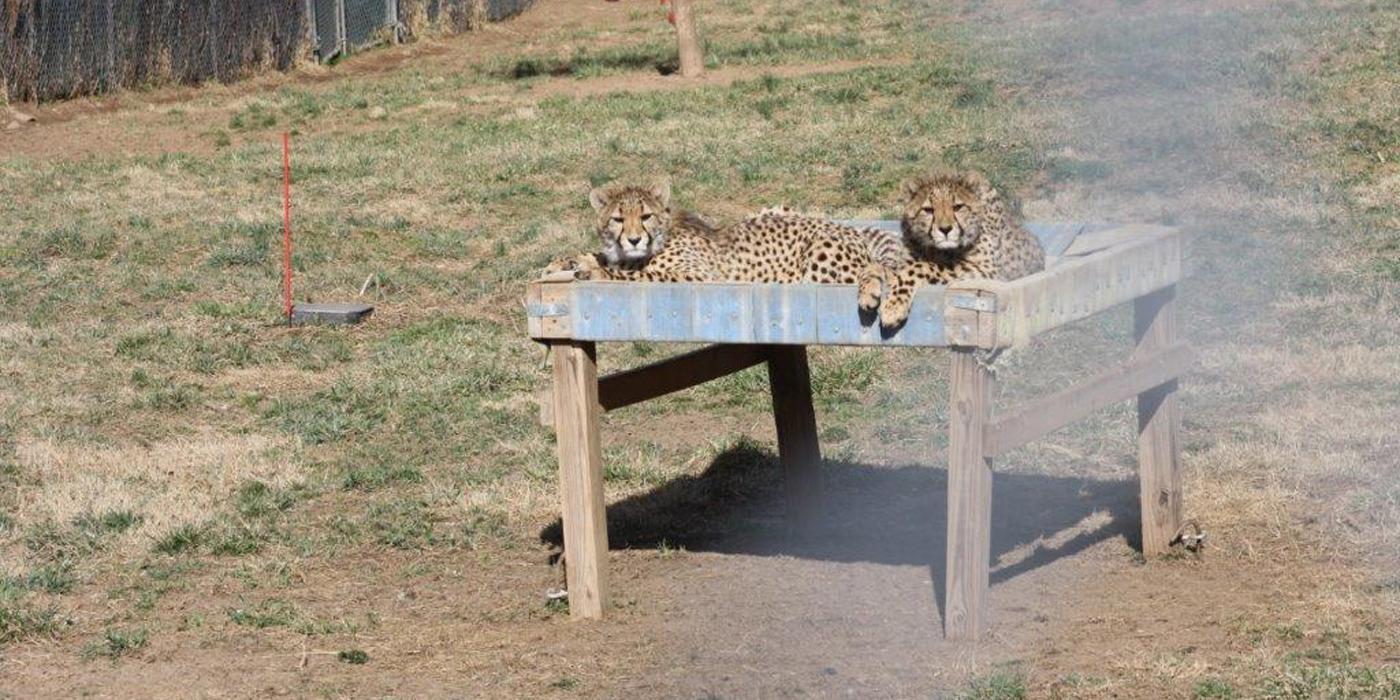
Today, we are celebrating our cheetah cubs’ first birthdays! Join animal keepers Amber Dedrick, Adri Kopp, and Becky Merritt and Cheetah biologist Adrienne Croiser as they look back on Amabala, Erindi, Jabari and Hasani’s first year.
What was your favorite moment from the last year with these cubs?
Adri: On April 8, 2020, Echo gave birth to four healthy cubs. Just watching a first-time mother successfully give birth is one of the most powerful, emotional moments for me. We do everything in our power to make it easier for them, but at the end of the day, they are running on pure instinct.
The birth was livestreamed on the Zoo’s website, which was both scary (because things can go wrong) and really rewarding, because this birth provided a moment of joy in an otherwise difficult time for the world.
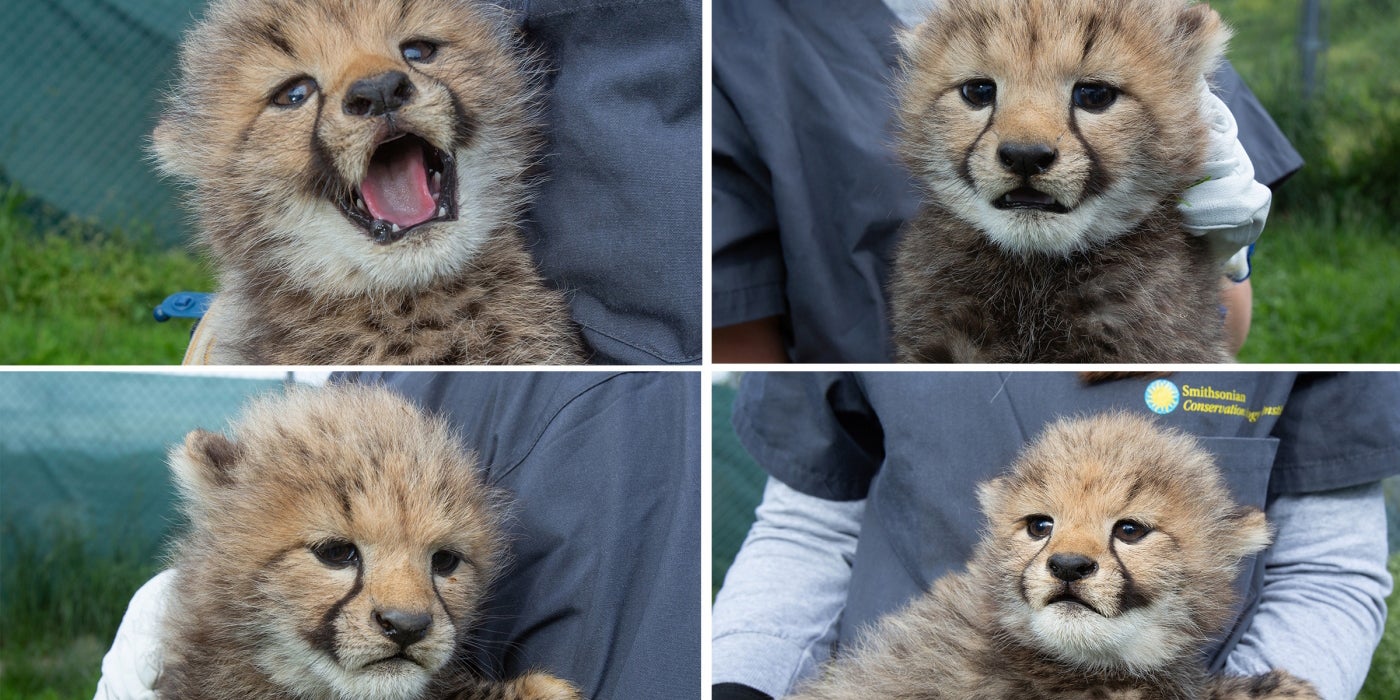
Amber: My favorite moments are when we introduce the cubs to new things. Over the past year, the cubs experienced quite a few first carcass feedings, which are important for their overall health. They also got to interact with a variety of enrichment items that move like prey, such as balls, wobble toys and other items they can chase and pounce on. These items help hone the cubs’ hunting skills and keep them physically and mentally sharp. My favorite enrichment was over the summer when we gave the cubs a water tub with floating jolly balls.
Becky: I also enjoyed introducing them to new enrichment items as they got older and seeing how they would react, like over the fall when we put a fire-hose hammock in their yard. They immediately began to climb on it and have been using it ever since.
And you can’t beat seeing the cubs piled up in the den all together during this past winter. You could even hear them purring!
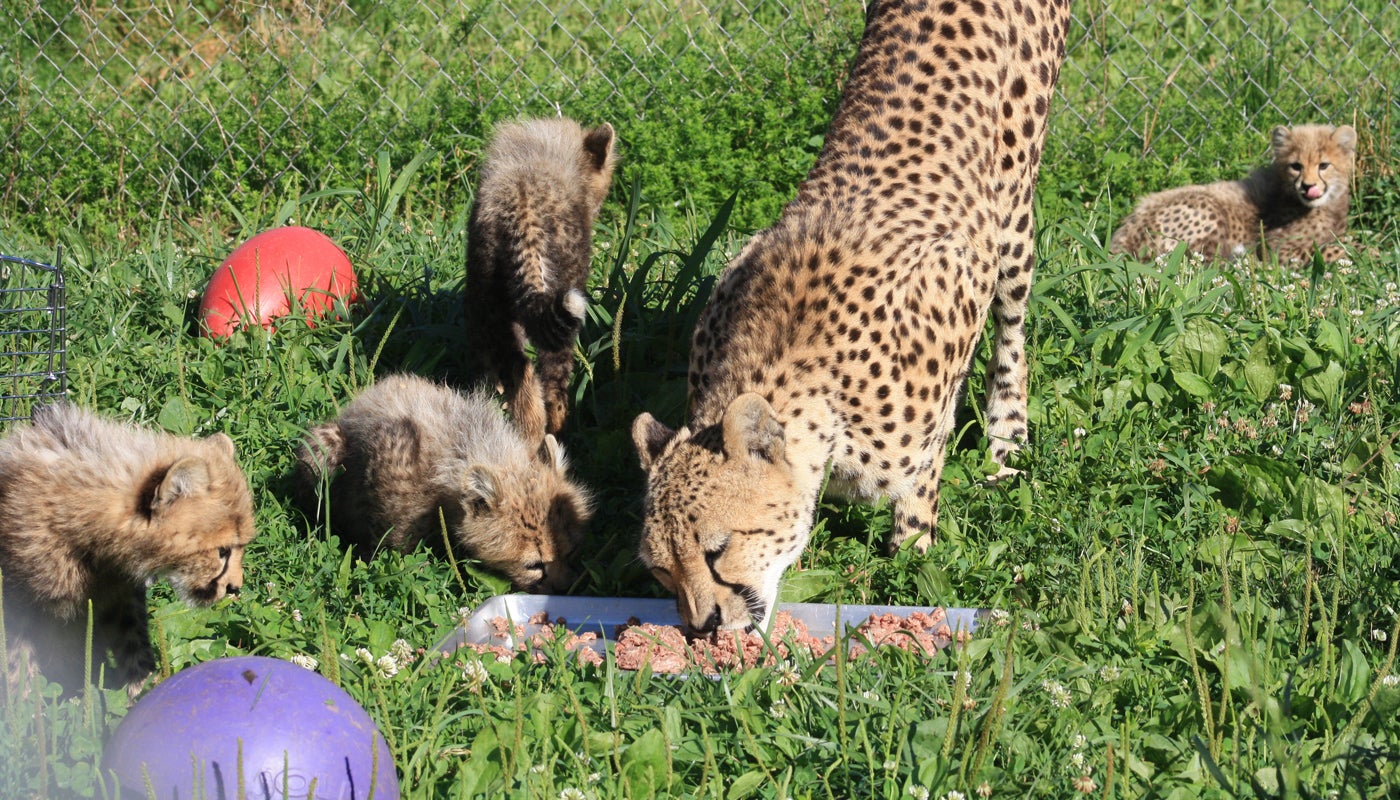
What are you most looking forward to with these cubs in the next year?
Adri: It’s always fun to see their personalities develop as they age. The cubs are still going through their “naughty” phase, but how long that phase lasts really depends on the litter and the individuals. It will be interesting to see their personalities develop as they come out of this phase, mellow out a bit and settle into adulthood.
Becky: Beyond seeing their personalities start to develop, I’m excited to see the subtle markings we can use to differentiate each cub. We currently use shave marks, which we refresh as needed. However, as the cubs continue to grow, they will hopefully have unique features or markings that will help us tell them apart. For example, some adults have more dark fur over their noses or larger white tips on their tails.
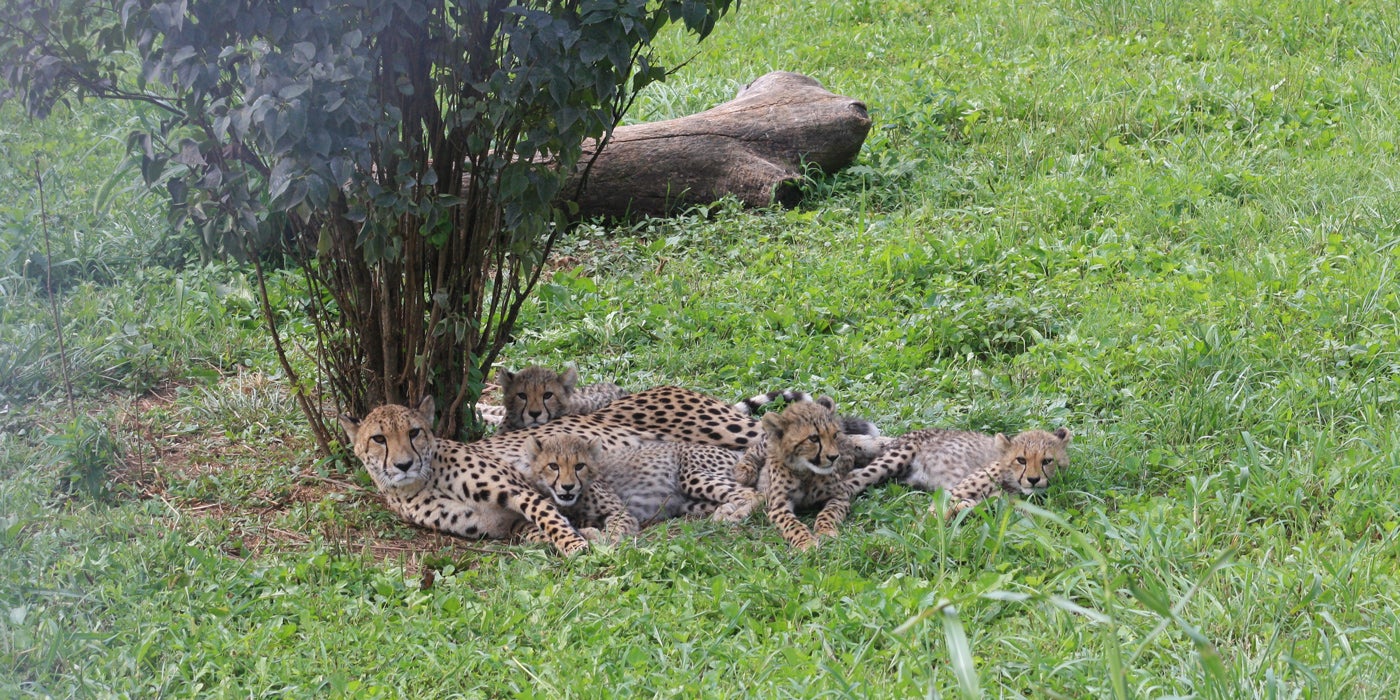
What do you hope our readers took away from watching and following these cubs?
Amber: Echo and her cubs are a little family, just like yours! They do everything together and depend on each other.
Becky: Hopefully, watching the cubs grow has given you a better understanding and a feeling of connection to the animals.
Adri: I hope you learned a lot about cheetahs along the way. Cheetahs face a lot of challenges in the wild, but I think that the more people can connect with and come to understand animals in a personal way, the more they feel inspired to take action and be part of the solution.
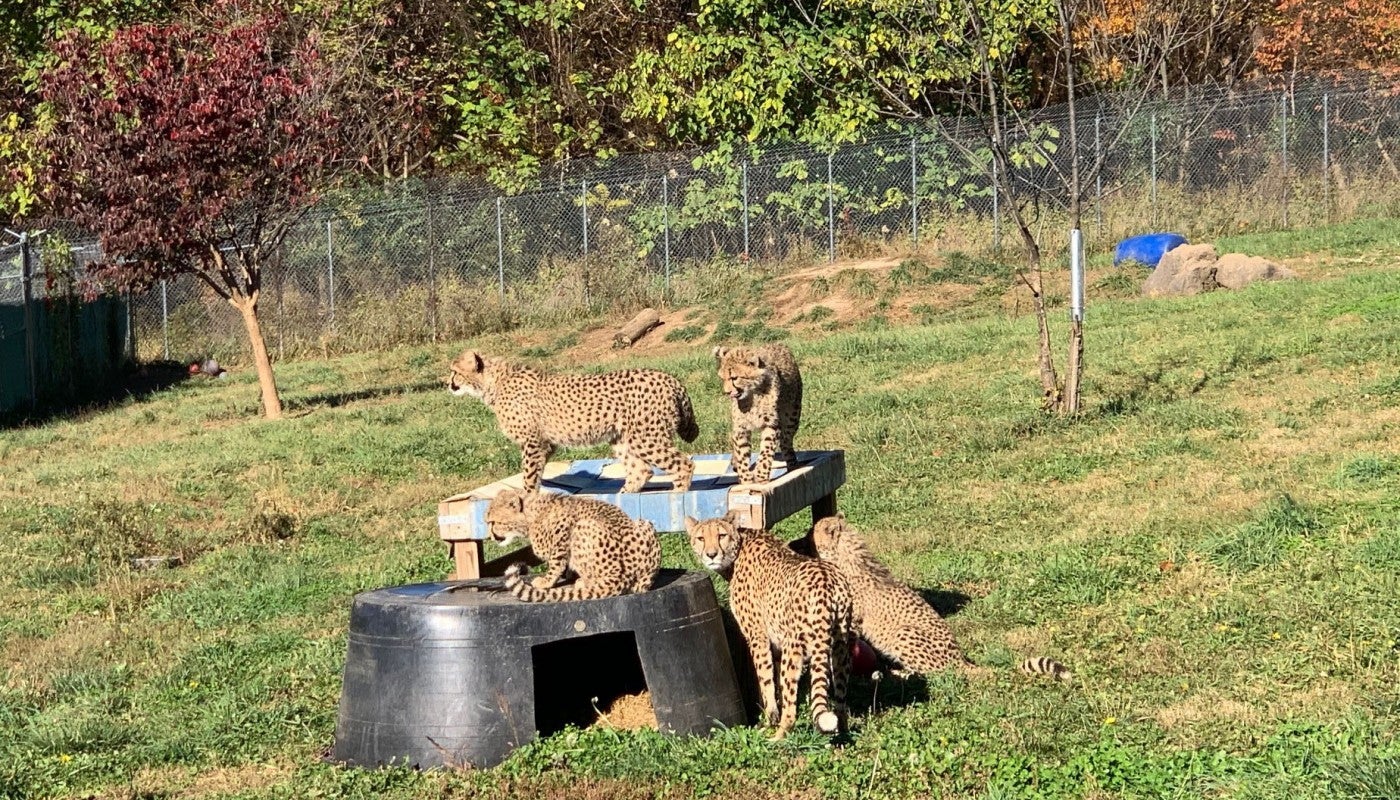
On that note, what can people do from home to help cheetahs?
Adri: There are so many ways to help cheetahs. Reducing your footprint in any way you can is helpful to all wildlife. Reduce your use of single-use plastics, and recycle or reuse what you can. Walk, bike or take public transportation whenever possible. No action is too small. It all helps.
Amber: If you are able, donate to an institution that supports cheetah conservation. You should also be conscious of what you like and share on social media. Don’t like or share videos or photos of cheetahs as pets. Cheetahs should never be kept as pets. This is a huge threat to them, as cubs are often taken from the wild to be sold into the pet trade. Instead, learn as much as you can about cheetahs and share that information.
Becky: Share the Smithsonian’s National Zoo and Conservation Biology Institute’s blog posts. Sharing stories and information from credible sources with your friends and family (who may go on to share them too) raises awareness to a larger audience. The more people understand an animal, the more they will want to help it!
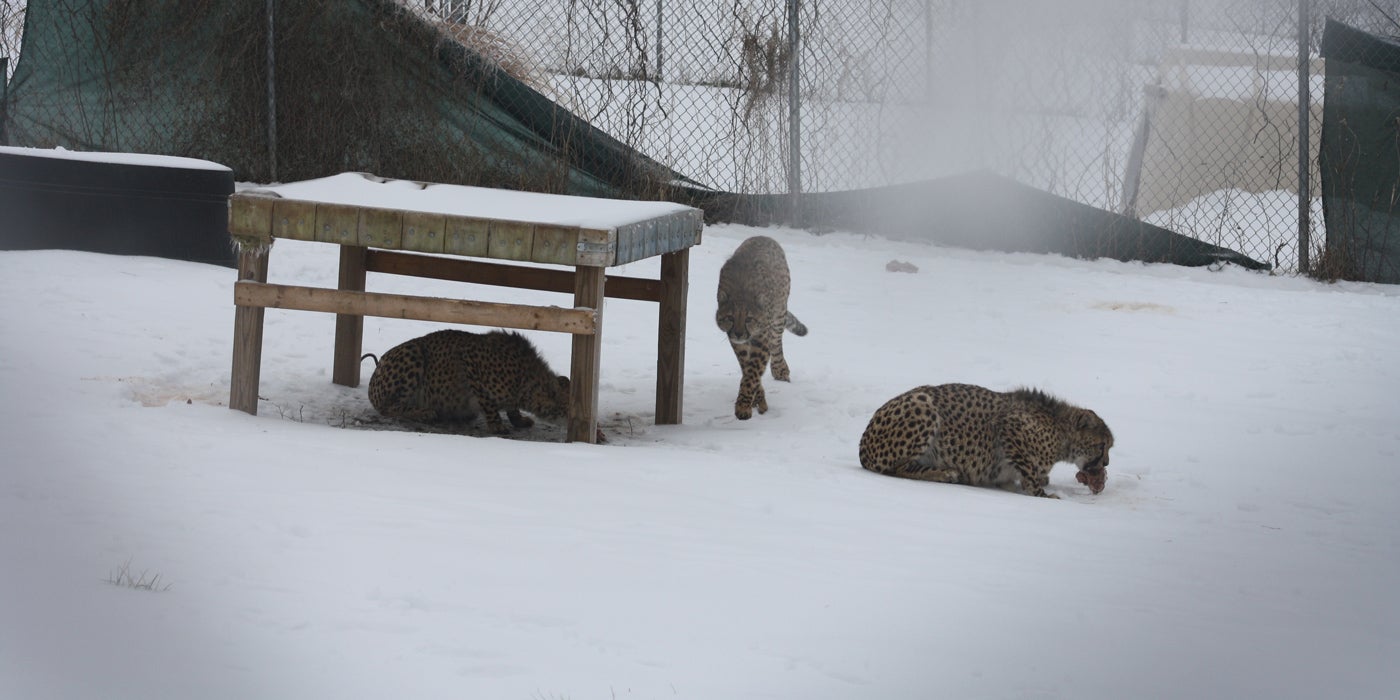
What’s next for the cubs?
Becky: The cubs will continue to get used to eating from individual bowls and will eventually become comfortable eating and working with us on their own.
Adri: Around 18 months, the males will start to go through puberty. In the wild, this would be when they would naturally separate from mom and form a coalition. Only male littermates form a coalition, or a tightly bonded group of related male cheetahs. Females stay longer with their moms and then are solitary as adults.
Amber: We will mimic this natural separation by watching for cues from Echo. Some cheetah moms demonstrate a desire to separate sooner than others. A cheetah mom who is ready for her cubs to go off on their own will spend significantly more time on her own. In some extreme cases, a mom may become aggressive. While the cubs can hold their own from this point on, if we do see any aggression we will certainly take the clue to initiate a soft separation.
Adrienne: While the cubs are part of the overall cheetah Species Survival Plan (SSP) breeding population, they are still too young to be given a formal breeding recommendation. Cubs are usually considered old enough for breeding around 3 years old. It can be a bit earlier for males, because they go through puberty before females.
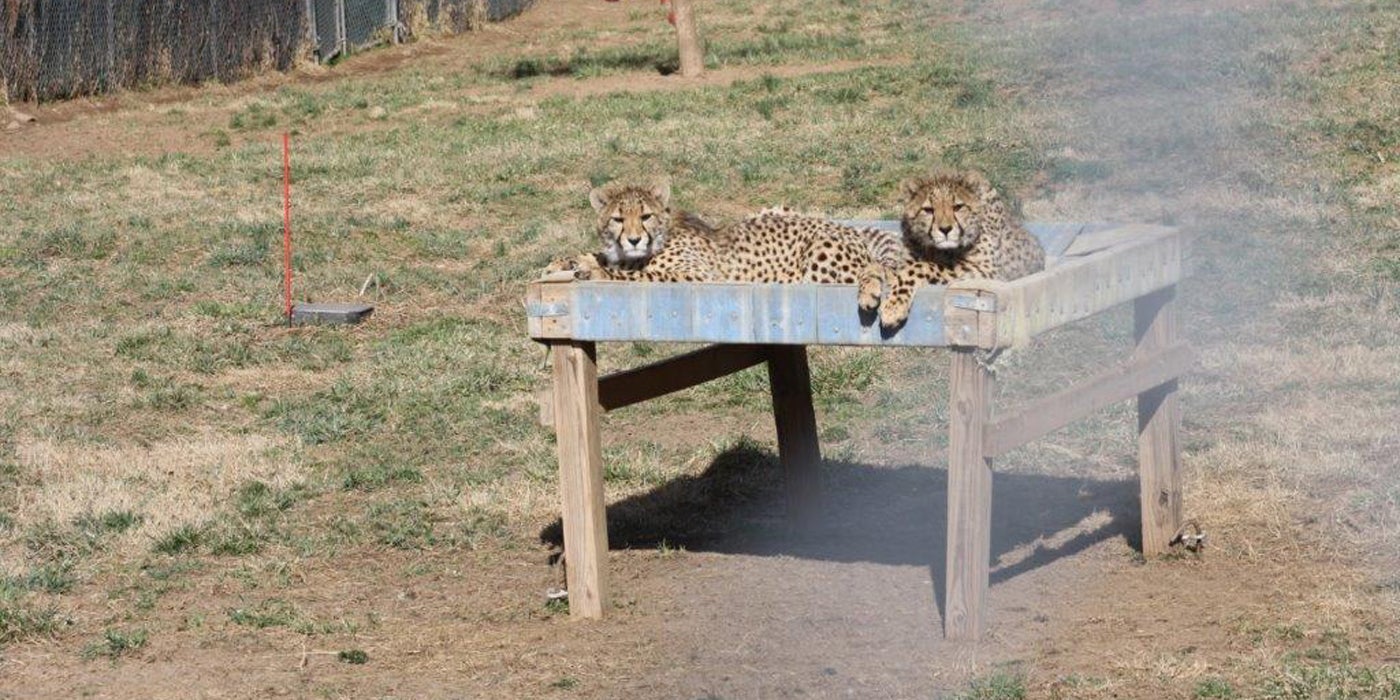
Amber: This has been such an interesting year. As keepers, we are privileged to watch cheetahs give birth and to see cubs grow, but it was extra wonderful to share this experience with you from the beginning. Myself, and the cheetah team at SCBI would like to extend a special thank you to everyone who tuned in to our temporary Cheetah Cub Cam and followed along with our #CheetahCubdates.
Adrienne: Although our routine #CheetahCubdate series is coming to a close, these cubs are only at the beginning of their story. Keep an eye on our website for periodic updates on Amabala, Hasani, Jabari and Erindi’s milestones, and other news about our cheetahs who reside both at the Smithsonian Conservation Biology Institute in Front Royal, Virginia, and at the Zoo in Washington, D.C.
It has been a pleasure to give you a behind-the-scenes look at how our staff cares for these cubs over the past year. Thank you so much for your thoughtful questions, supportive comments and collective passion for these amazing animals!
Head over tail for Echo and her cubs? Be sure to read all the previous updates, and don’t miss a decade of milestones for SCBI’s cheetah breeding program.
Related Species:

